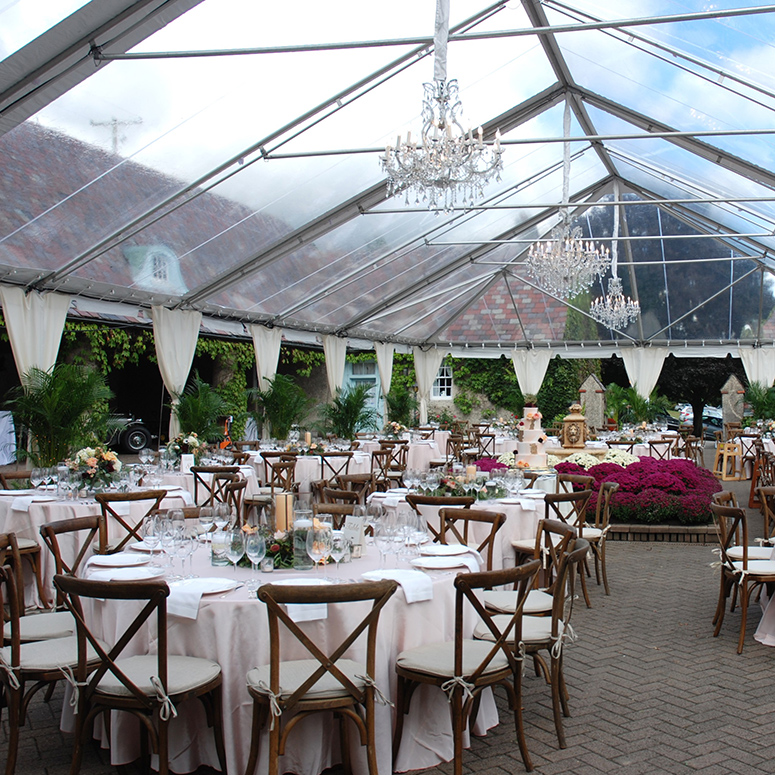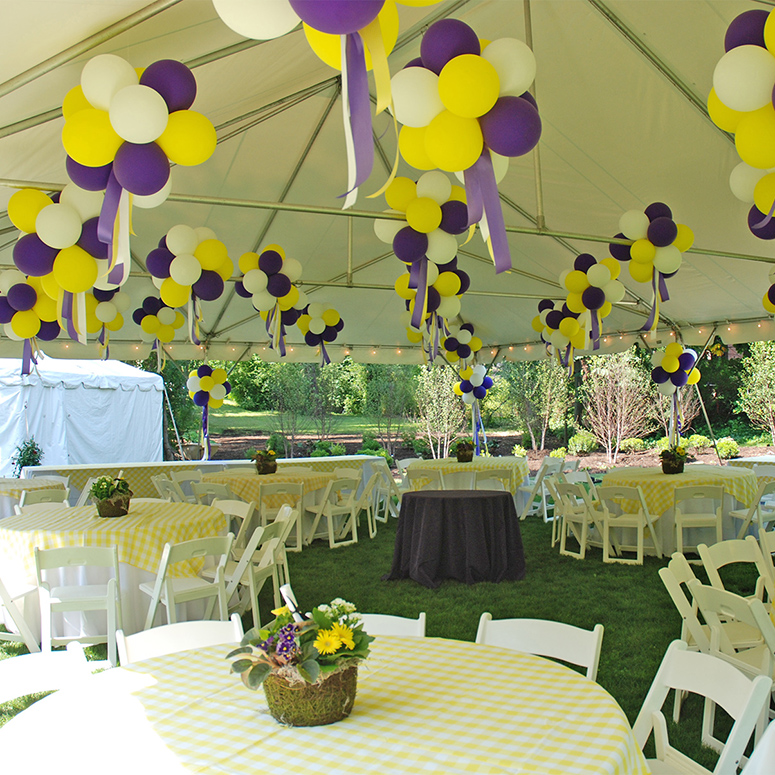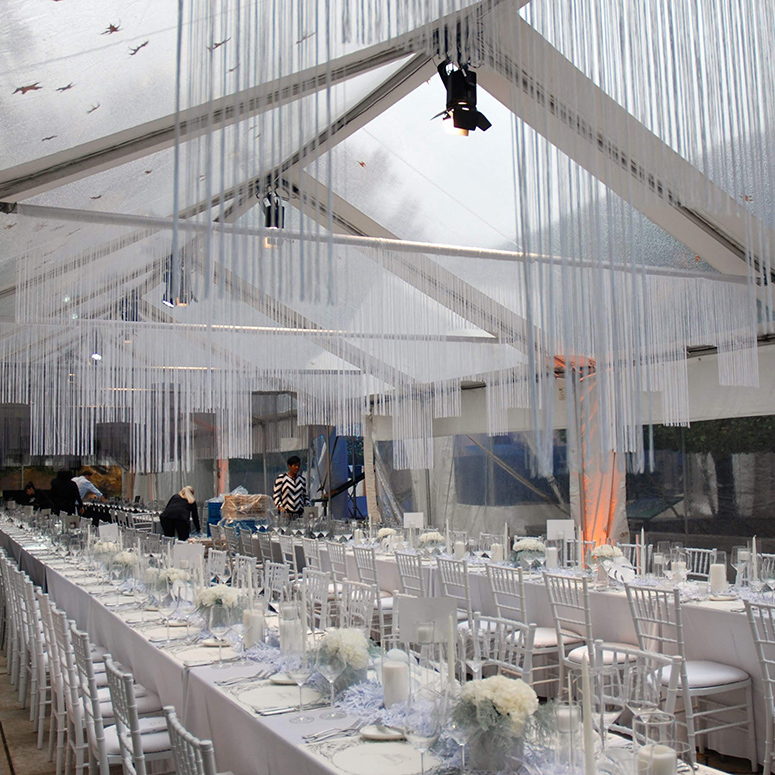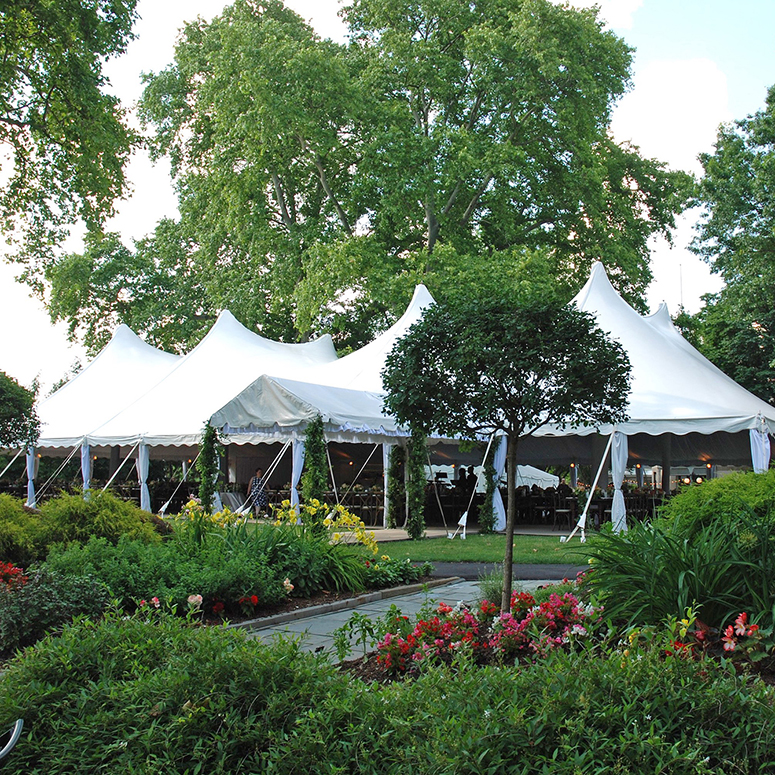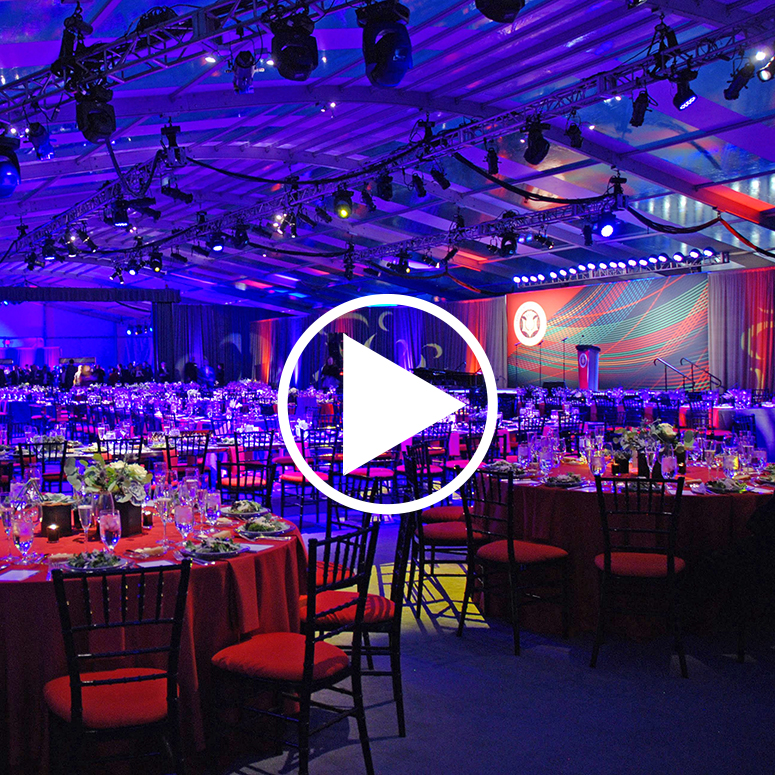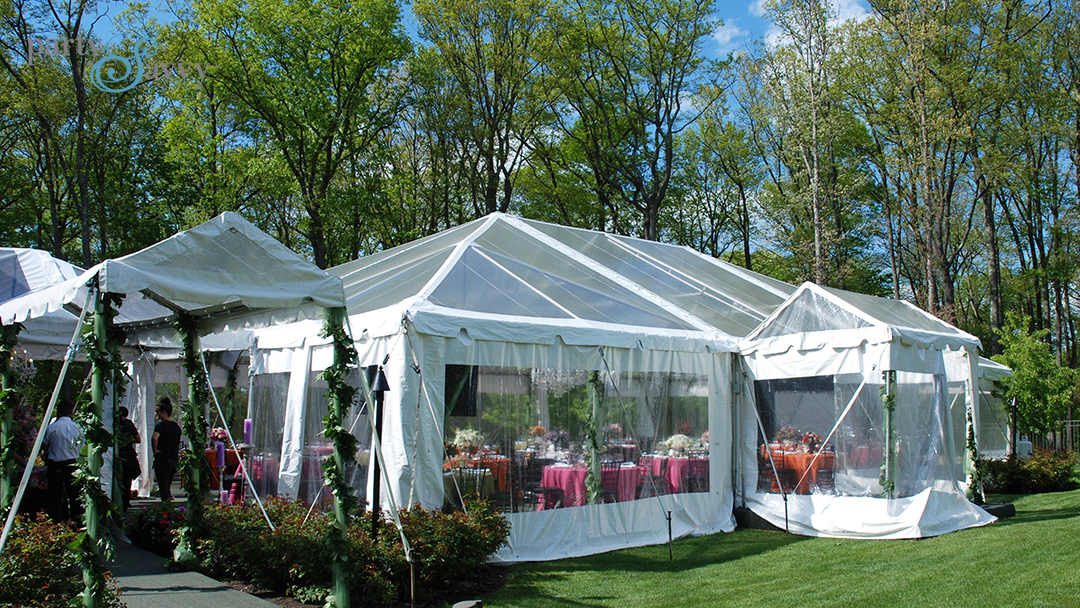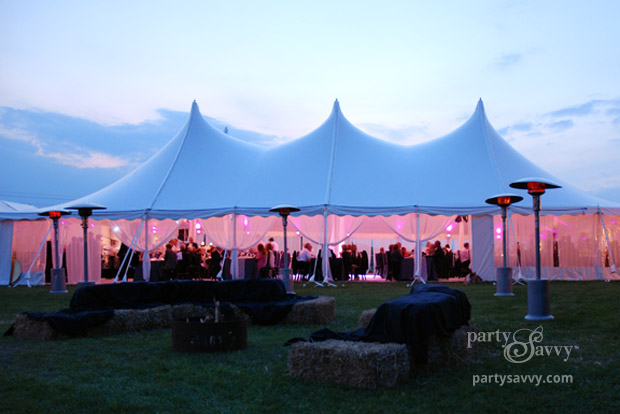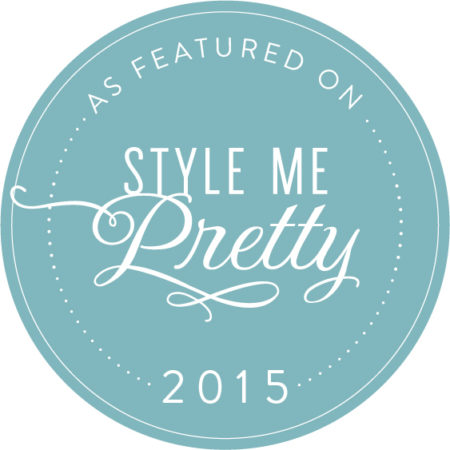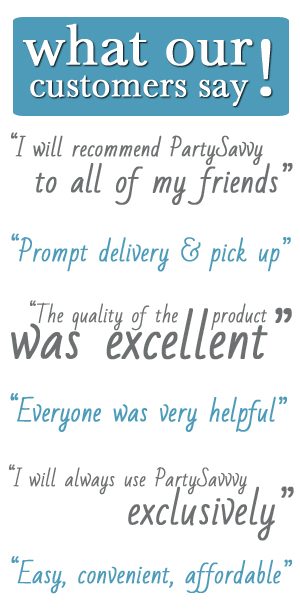Rental Management Magazine May 2009
Party Perfect
May 2009
The right pictures can convey how you produce memorable events
By Dan Skena
Dan Skena, CERP, is the owner/president of PartySavvy, a Monroeville, Pa., event rental company. He can be reached by e-mail at [email protected].
[hr]
One of the most effective ways to promote your event rental services to prospective customers is by showing them photographs of your equipment in use at events that you have helped to produce.
Whether the event is in a hotel ballroom or under one of your beautiful tents, you and your staff members work hard to produce wonderful events. Don’t miss the opportunity to photograph your best work and to use those photos to promote your business.
As the saying goes, “a picture is worth a thousand words.” The quality of your photographs reflects the quality of your work and the condition of your equipment. Good quality photos will enhance your image on your Web site, in your photo albums, and in your promotional literature and advertising.
In today’s world, many of your customers will never set foot in your showroom. They will judge you based on what they see and read about your company on your Web site and in other media. Use your event photos to convey the idea that your rental company does more than provide products — you, along with your event partners, produce memorable events.
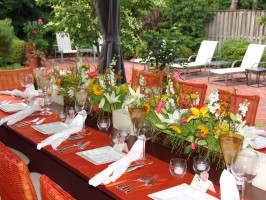
With the quality of digital cameras getting better and the cost of the equipment going down, you can easily afford to purchase camera equipment that will allow you to capture high quality photos of your work. You don’t need to be an expert to get good results. You can get started with an entry level single lens reflex (SLR) digital camera package for around $500. If you are willing to spend around $1,000 to $1,500, you can get some very good equipment. You’ll also want to invest in some accessories such as a spare battery, a spare memory card, a camera case and a tripod. Those are the basics.
You have the equipment — now what? If you have the time and the interest, you can take some photography classes. If not, then go through the “Quick Start” procedures that come with the camera and start shooting. Here are a few tips:
- Right place, right time. Some of my best event photos were taken in those few moments right after the caterer and florist completed their setup and right before the guests arrive. The tables are set, the flowers are in place, the tent lighting is on, the candles are lit, and the water goblets are filled and maybe even sweating. Pay attention to what’s in your shot and try to avoid getting pictures with glassware racks or the wait staff in the shot. Of course, you need to get permission to be at the event at this time, but as long as you are not in anyone’s way, most of your customers will allow you to take photos of their event, especially if you offer to give them copies of the photos. Occasionally, I will take photos during an event, but generally, those are taken from a distance so that the guests are not recognizable in the photos. I especially like taking exterior photos of tented events at dusk and after dark.
- Shoot different angles. Try taking photos from different angles. If you want a good shot of a table setting, try standing on a chair, step stool or ladder so that you can take the shot from above. Sometimes, kneeling down and taking a shot of something tall will create a nice effect. If your event is set up near a tall building, you might be able to take some shots from an upper floor window or even a roof top. These angles can be especially effective for large-scale events where you would like to capture the entire setup in a single photo. The majority of the events that I photograph are tented events. I like to take a variety of shots including the tent interior and the exterior. I also like to take close-up shots of things like table settings, floral arrangements, wedding cakes and décor. Many of our events include specialty lighting effects. You really need good photos to explain and sell specialty lighting, so I always try to get those shots.
- Flash or no flash. Some of the shots I like the best are the ones that are taken without a flash. If you are taking photos in low light or nighttime conditions without a flash, you need to have the camera on a tripod or the photos will be blurry. If you want to do a lot of flash photography, you’ll probably need to invest in a flash attachment for your camera. The built-in flash that comes with the camera has its limitations.
- Use the light. When you are taking photos outdoors in sunny conditions, remember to keep the sun at your back, but be careful to keep your shadow out of the picture. If the event is set up near a body of water such as a pond, lake or swimming pool, and if the water is flat calm, look for opportunities to get a shot that will show a reflection of the event in the water. Some of these shots can be especially good at dusk or even after dark.
- Product spotlight. If you are taking photos of individual products for use on your Web site, be sure to shoot them against a smooth, solid background. Choose a background color that will contrast with the product so the product stands out. Experiment with various settings on your camera. While I take the majority of my photos on automatic, it’s fun to try different settings. Most cameras have settings for things like flowers or portraits, which can give you better results.
- Take lots of photos. The great thing about digital cameras is that there is no film to purchase or process, so you can shoot all you want and delete the bad ones. If you take enough photos, you are bound to get some good ones.
When it comes to photography, I’m strictly an amateur. That said, I’ve been told by many people — including some professional photographers — that I take some great event photos. I’ve been privileged to have a number of my photos published in RENTAL MANAGEMENT, various ARA publications, Special Event magazine and Whirl magazine, a local society magazine in Pittsburgh. Whenever any of my photos are published, I always get photo credit. A side benefit of this is that it helps with search engine optimization (SEO) for our Web site.
If you are producing photo-worthy events, don’t pass up the opportunity to capture them in photos. If you can invest a little money and a little time, you too will get photos that you can be proud of.

